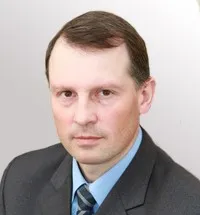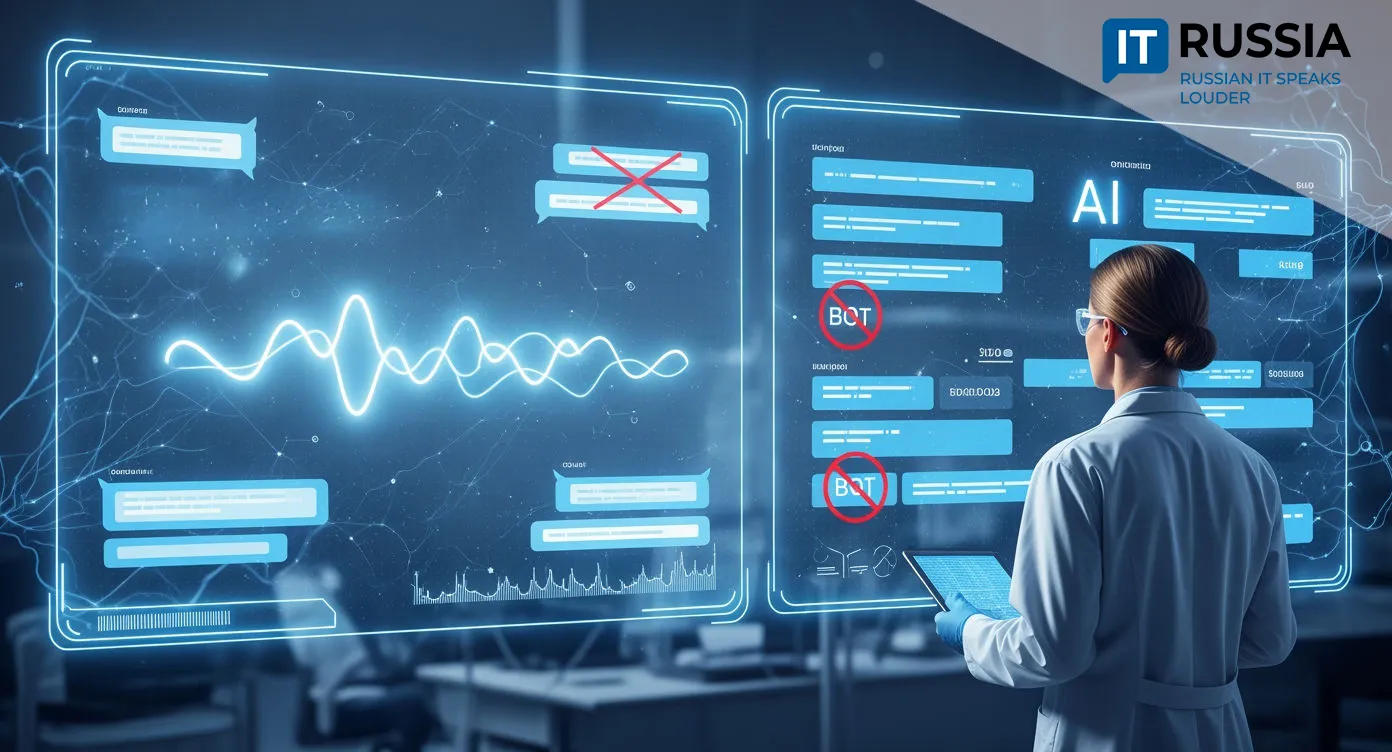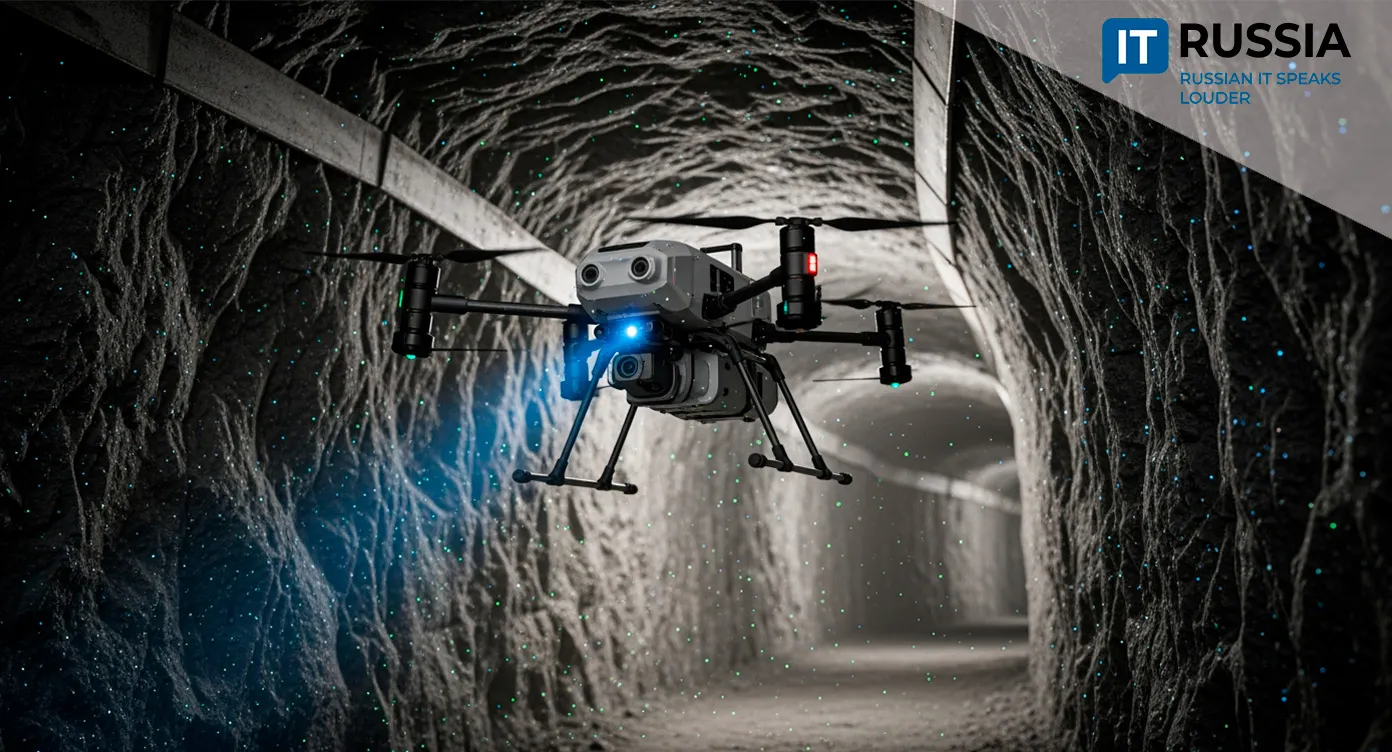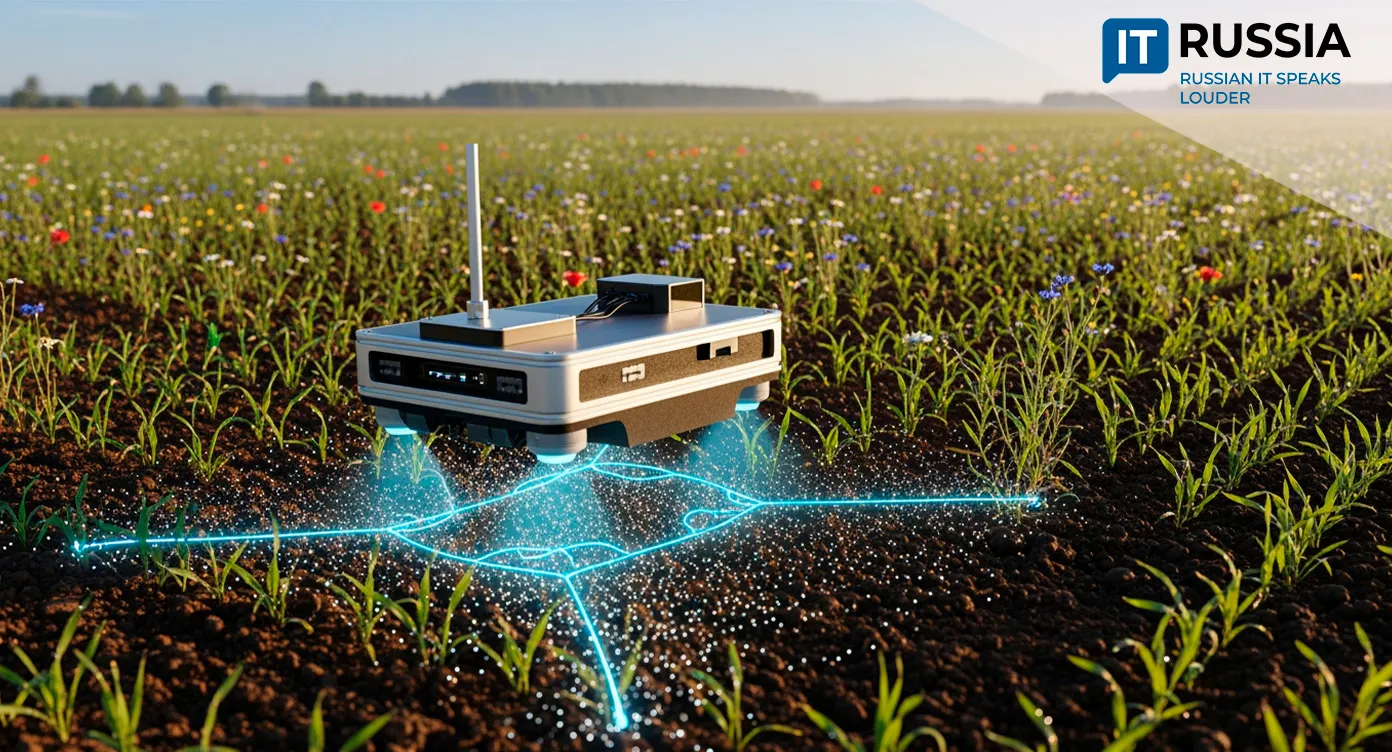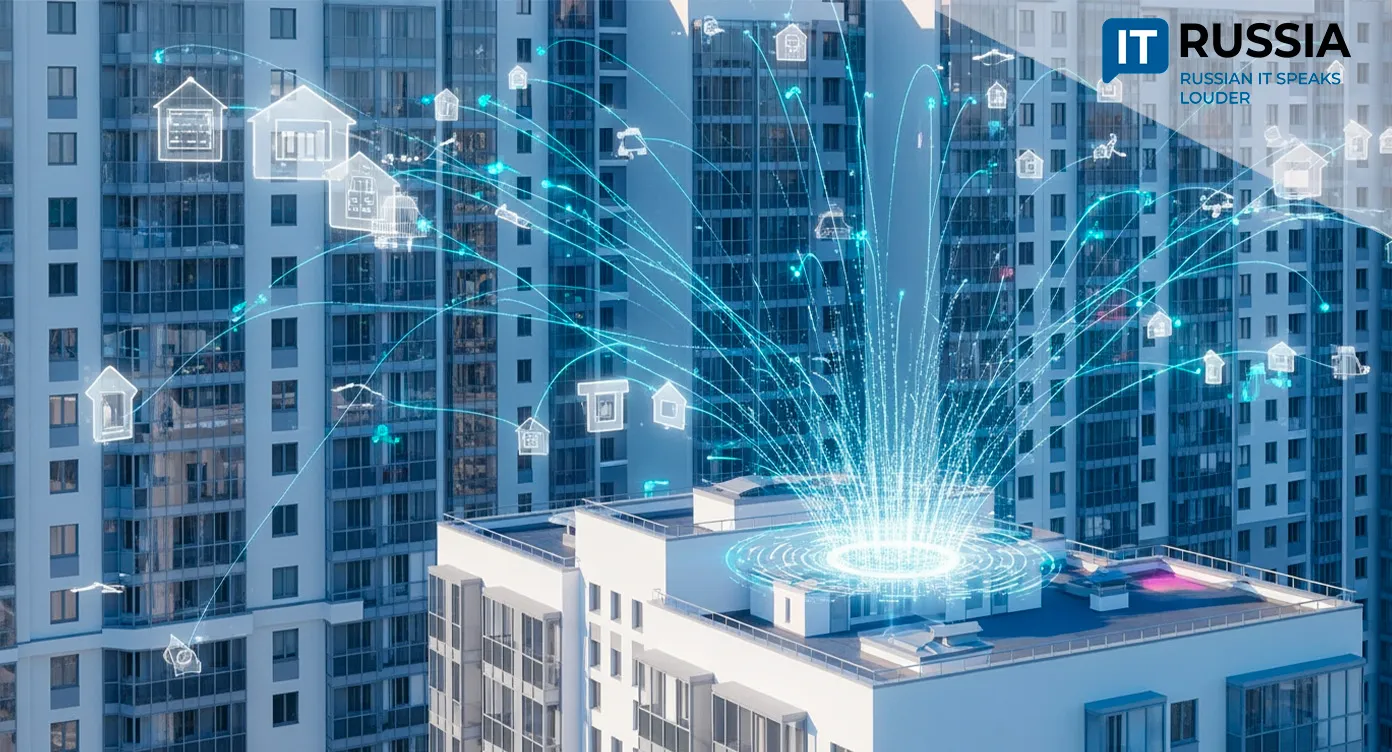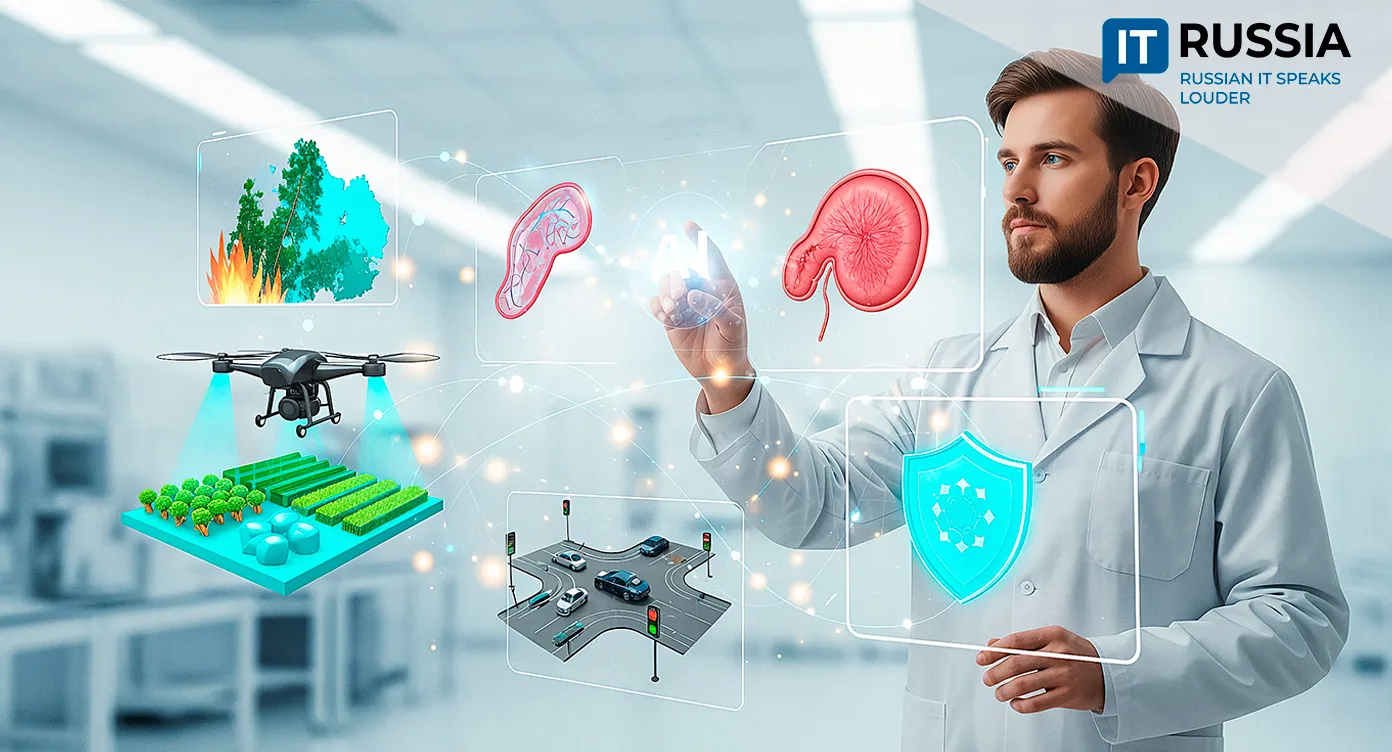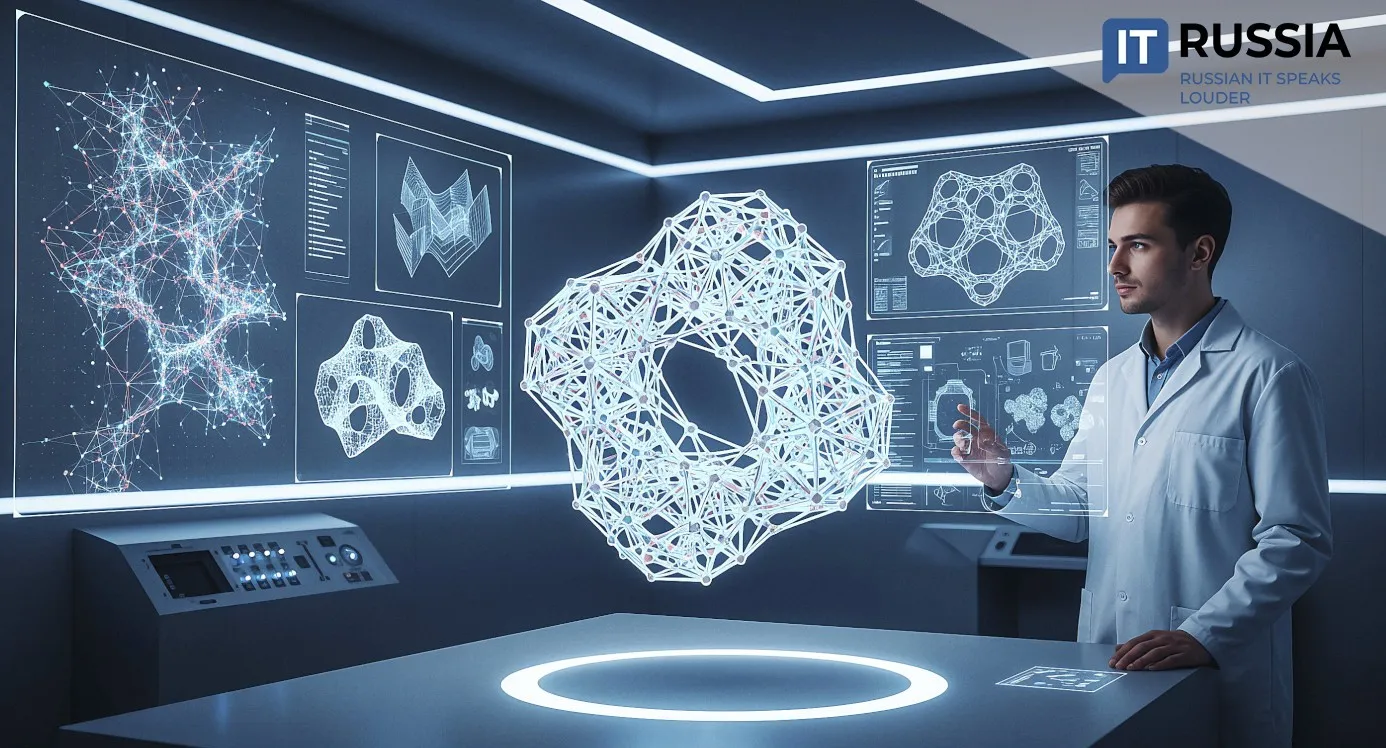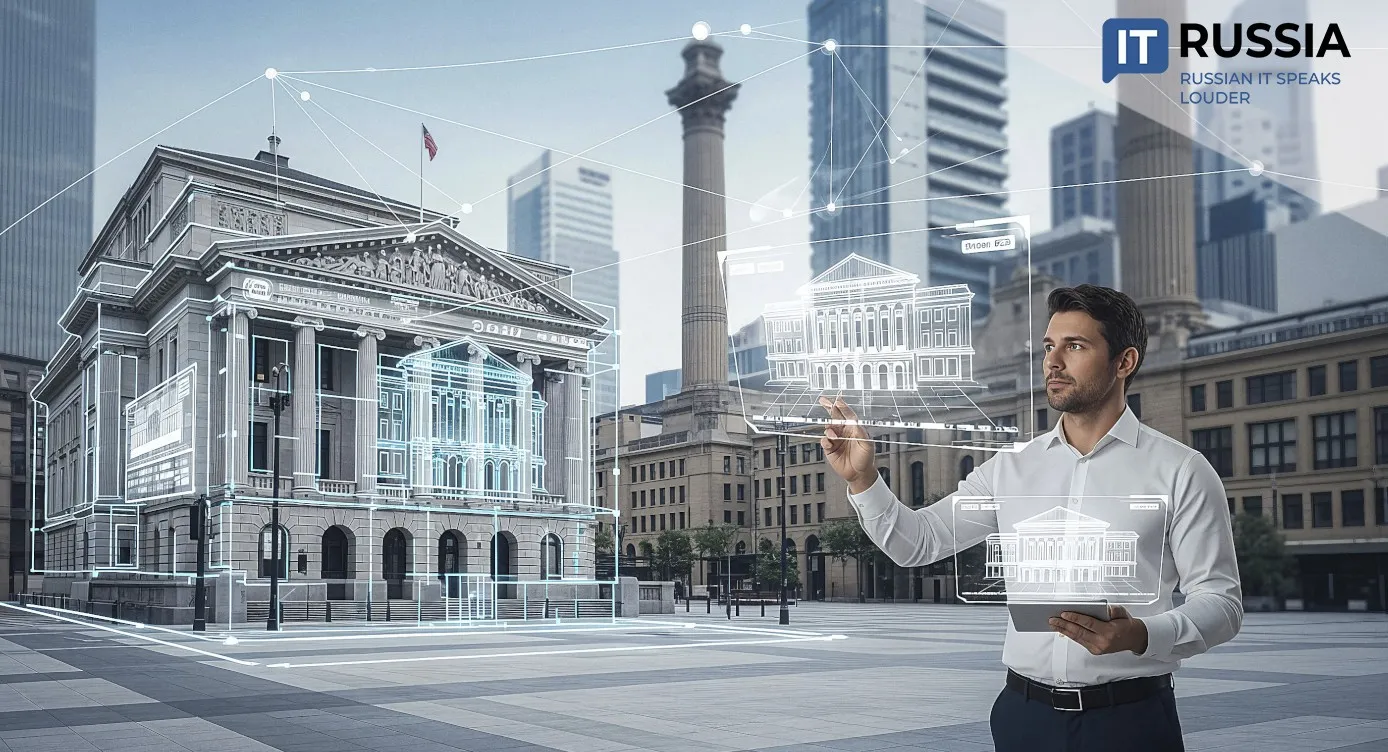Electronic Inspectors: How the Krasnoyarsk Territory Is Digitalizing Municipal Waste Management
Digital monitoring technologies are beginning to reshape how Russian regions handle solid municipal waste, bringing more transparency, reducing environmental risks, and creating the foundations for a circular economy.

Getting Waste Under Control
The Krasnoyarsk Territory has begun deploying an intelligent video‑monitoring system to oversee the handling of solid municipal waste. The initiative is an example of how digital tools can support environmental governance and increase transparency in the public utilities sector.
The first ten smart cameras are already operating in the city of Krasnoyarsk and the nearby settlement of Solontsy. These devices act as full‑scale electronic inspectors: they recognize license plates in real time, track missed waste‑collection schedules, identify illegal dumping sites, and even auto‑generate violation reports.

All collected data flows directly into the federal information system for waste management. Based on the analytics, the regional budget is expected to receive roughly $16,500 in fines by the end of the year.
At the same time, in Norilsk, the management company "Severny Upravdom" has installed 35 additional cameras on residential properties. These devices are fully integrated with the same federal platform, creating a unified digital monitoring space that reveals the actions of every participant—from regional operators to local management companies.
Shifting the National Approach to Waste
In recent years, Russia has begun transitioning from a “waste as a burial problem” paradigm to a “waste as a resource” model. In a May 2024 presidential decree aimed at advancing the national goal of Environmental Well‑Being, President Vladimir Putin outlined an ambitious target: by 2030, Russia should establish a circular economy framework.
This includes 100 percent waste sorting, reducing landfill disposal by up to 50 percent, and ensuring that at least one‑quarter of waste is reused.
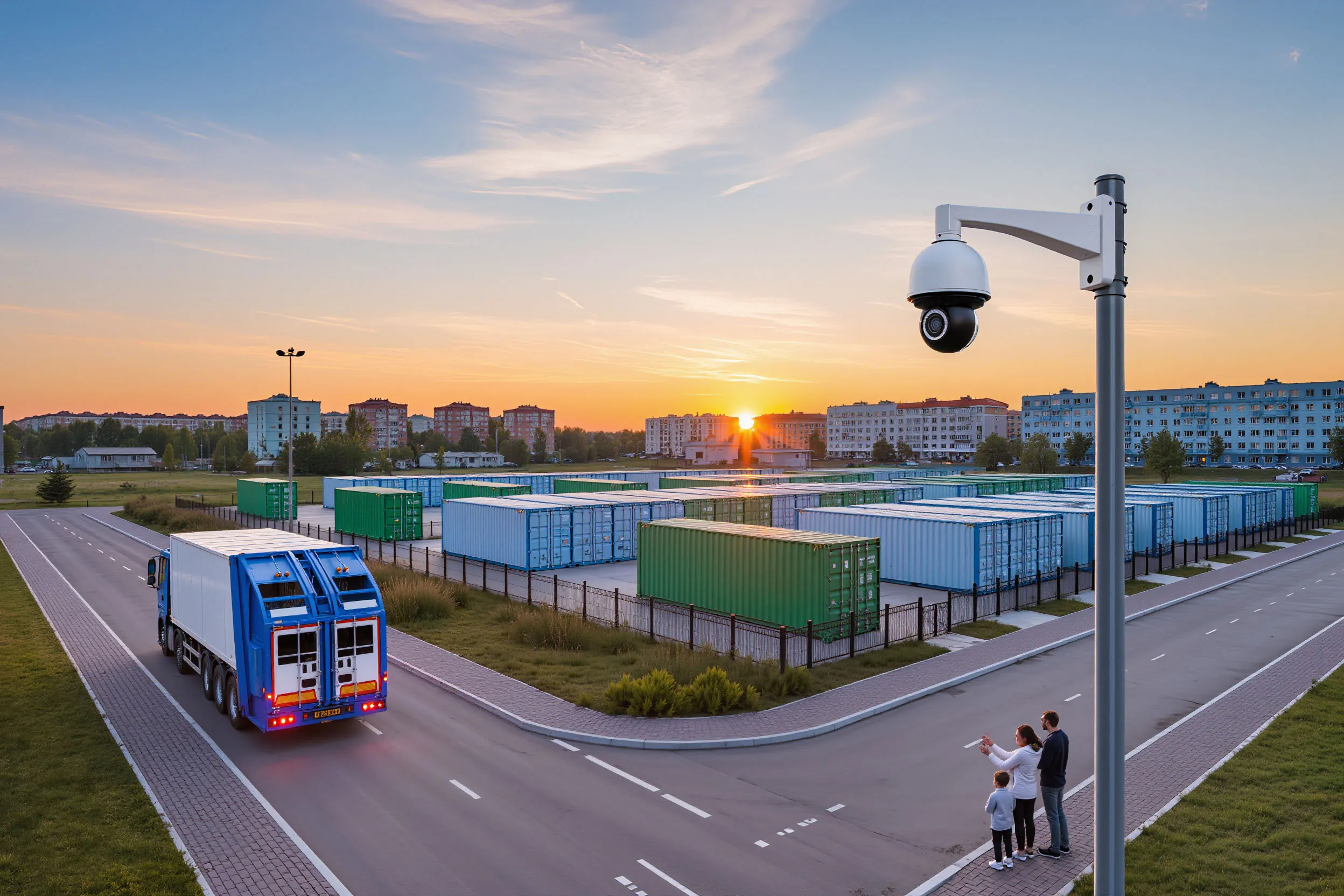
As Deputy Prime Minister Dmitry Patrushev recently noted, about 55 percent of waste is currently sent for sorting, but only 14 percent reenters the secondary‑use cycle—a gap that illustrates how much potential remains.
Sixty‑four regions, including the Krasnoyarsk Territory, are now developing their own circular‑economy programs. Krasnoyarsk has committed to involving at least 25 percent of its waste in the reuse cycle by 2030. Digital monitoring is a critical component of this transition because it shows where waste is generated and how it moves—providing the data needed to increase recycling and reduce environmental impact.
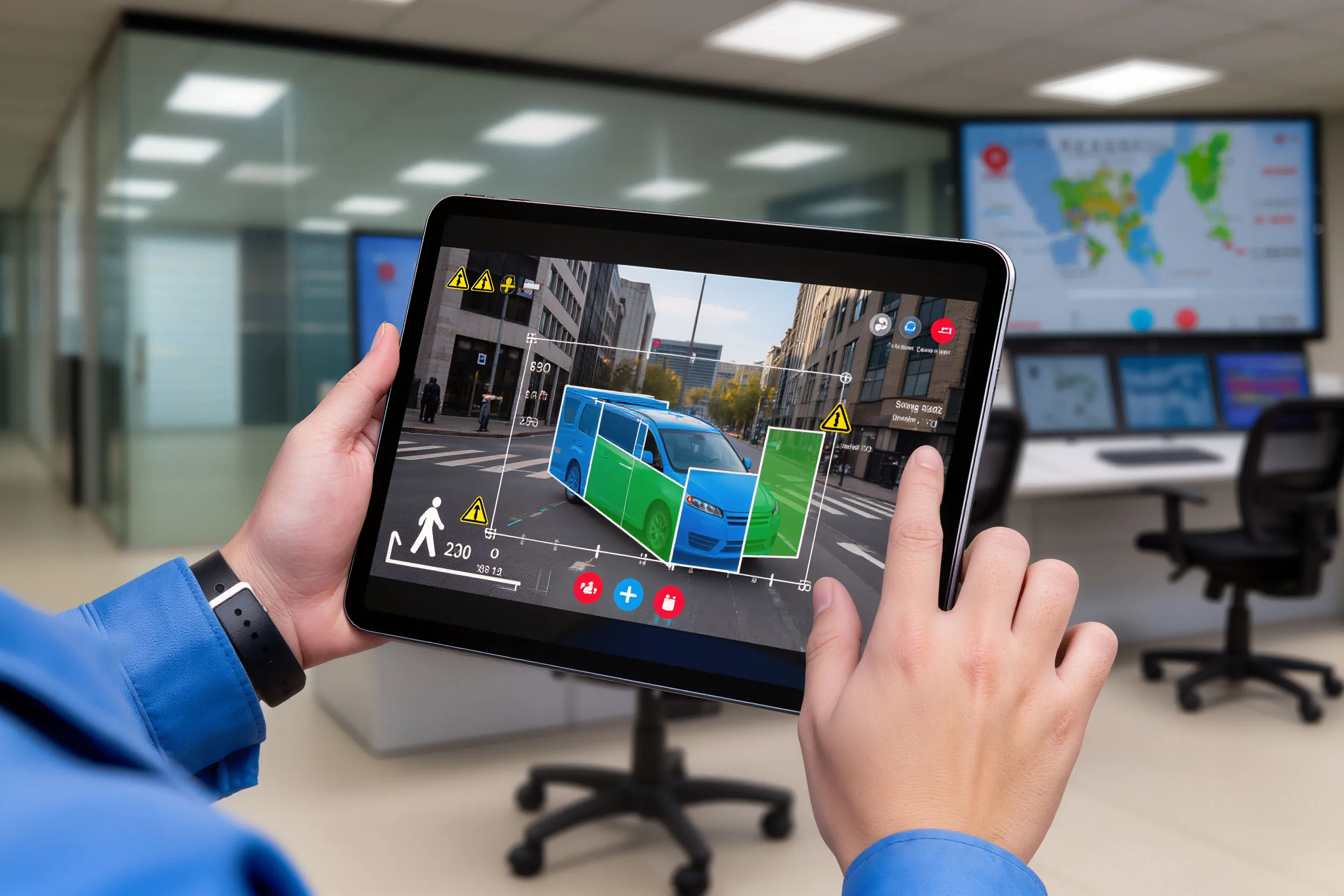
Smart Waste‑Collection Sites
The monitoring system is expected to eliminate the need for manual inspections entirely by shifting to automated analytics. This will reduce violations and optimize logistics: data on the load levels of container sites will help improve routing efficiency, saving both fuel and time.
In the near future, video monitoring will be deeply integrated with AI‑based predictive analytics. The system will not only record violations but also redirect waste‑collection vehicles to overflowing container sites automatically. The Krasnoyarsk pilot is likely to become a blueprint for federal standards on smart waste infrastructure, and Russian IT solutions in this area may find a global audience—supporting international efforts to reduce waste and expand circular‑economy practices.


